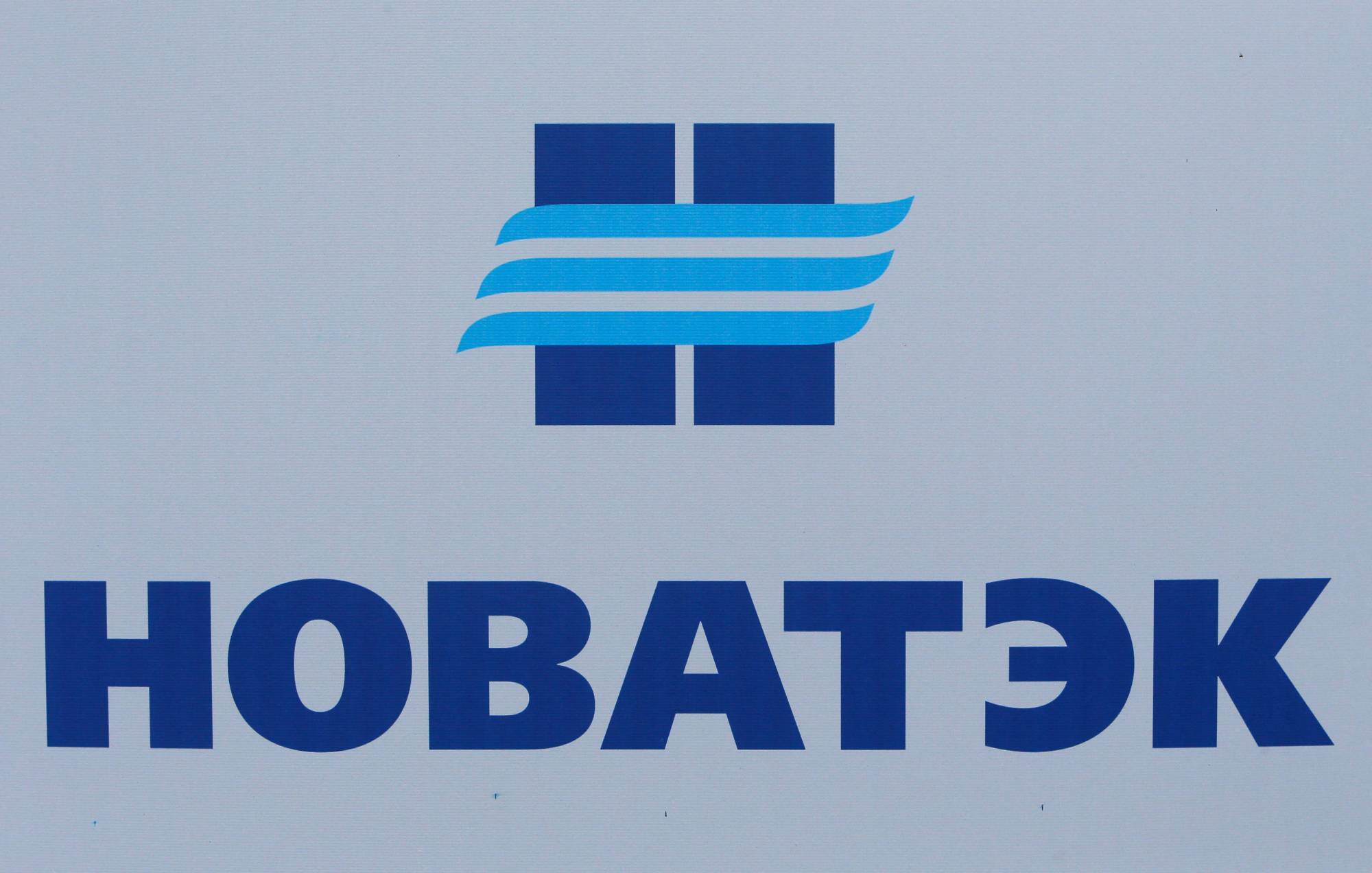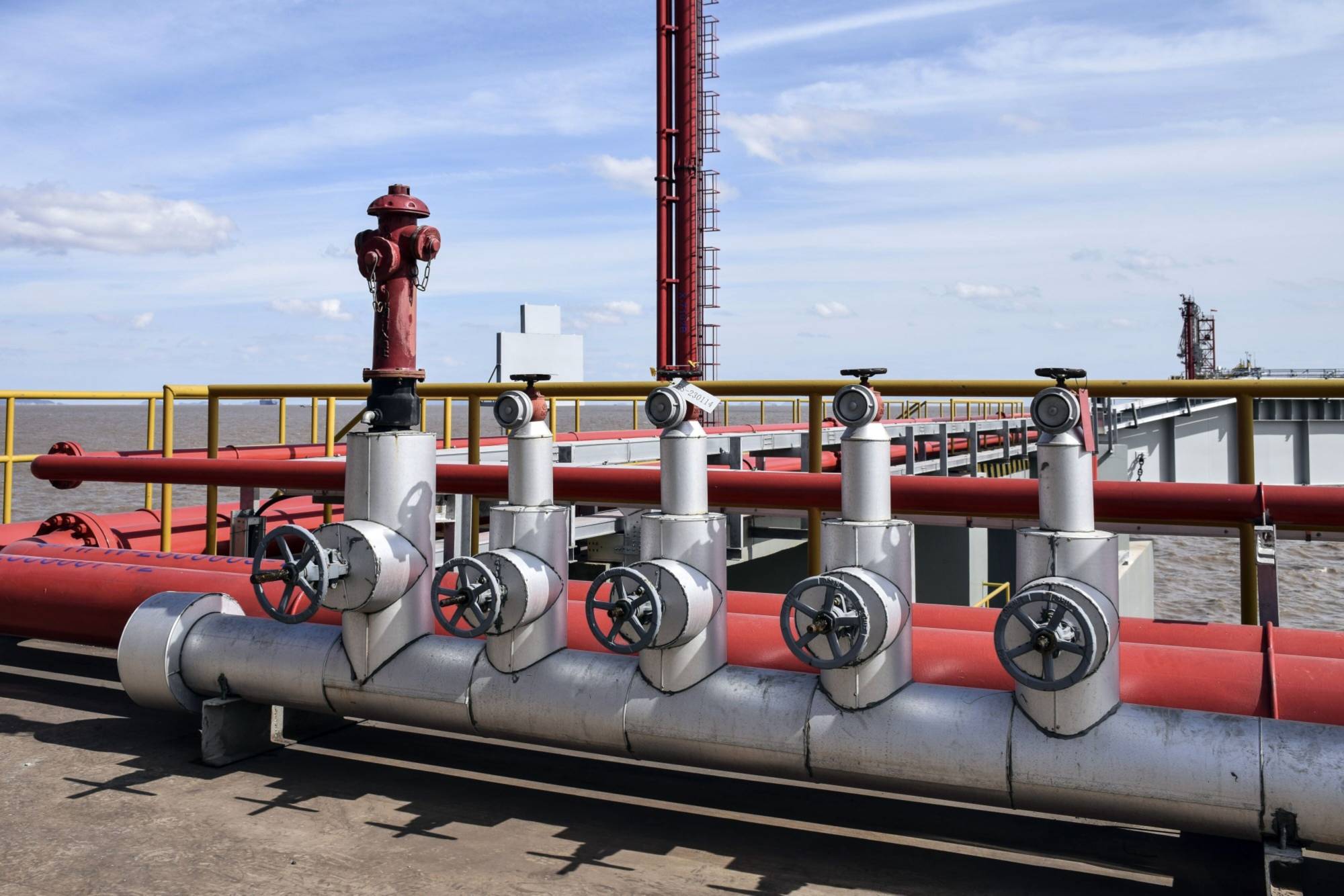Desperate to find new markets for the vast quantities of natural gas it once sent to Europe by pipeline, Russia is on a mission to dramatically increase its ability to export the fuel by sea.
The catch is it needs to develop its own technology to do so, and fast.
Russia wants to triple liquefied natural gas exports by the end of the decade, an ambitious goal that would make it a major supplier and, crucially, allow the holder of the world’s largest natural gas reserves to tap much-needed new consumer markets. To accomplish this, Moscow is accelerating its own liquefaction technologies to compete toe-to-toe with the best LNG equipment makers, from France to the U.S. — all of whom left Russia after the invasion of Ukraine in February 2022.
Novatek PJSC, Russia’s private LNG exporter, received a patent for its Arctic Cascade Modified process in April. The gas liquefaction technology is based on a design that’s already being used in the fourth train of the Yamal facility, the company’s first project to produce super-chilled fuel — and so far the biggest LNG plant in Russia.
The Novatek-led Yamal LNG project consistently runs well above intended capacity — but the first three trains were built with foreign equipment. While Novatek said in its 2022 annual report that the fourth train “has confirmed its reliability and high energy efficiency,” the producer faced problems after commissioning the line in 2021.
Work with Russian manufacturers was “starting to get good results,” Novatek said in an emailed response to questions. “We know how to solve technical issues.”

Gas does not bring government coffers (or for the Kremlin’s war chest) as much revenue as oil, but President Vladimir Putin cannot afford to leave it stranded, and has few solutions. Moscow can no longer depend on Europe to take the bulk of its exports, and efforts to send more to China via pipeline may take many years to materialize. That points to LNG: facilities can be built near gas fields and freely shipped anywhere in the world where prices are highest or demand emerges.
“Homegrown Arctic LNG technology has become an absolute priority of the Putin administration,” said Morena Skalamera, a lecturer in Russian and international studies at Leiden University in the Netherlands. “It is definitely not yet anywhere close to a viable substitute to Western technology, but (Russia has) an incentive to keep on improving in a wartime economy.”
Another test on the horizon is the Sakhalin-2 LNG project in Russia’s Far East, which will for the first time conduct its annual maintenance on turbines without any foreign contractors. The work will start from July, lasting roughly 40 days, and a prolonged outage threatens to tighten global supply and boost spot prices.
Part of the trouble is that Russia focused for decades on sprawling pipeline networks from Germany to Turkey, leaving it far behind the rest of the world in terms of LNG technology. In 2021, before the war, LNG accounted for some 15% of total gas exports.
That means one of the world’s largest hydrocarbon exporters is in fact relatively new to the LNG game. The Sakhalin-2 project, backed primarily by foreign firms, began in 2009, and Novatek’s Yamal plant began production in 2017.
LNG technology is emblematic of the wider research and innovation headache that comes with Moscow’s isolation.
Liquefying gas is extremely complicated. Facilities are massive marvels of engineering that can span the size of hundreds of soccer fields and cost billions of dollars. A typical plant takes three to four years to build, and is made up of a maze of pipes that transport, treat and then cool gas to minus 160 degrees Celsius before being loaded onto specially designed vessels.
Novatek’s new project, known as Arctic LNG 2, employs a construction concept using gravity-based structures, and built a new LNG Construction Center in Belokamenka, near the Arctic port of Murmansk.
Its schedule was up in the air after foreign subcontractors, including France’s Technip Energies NV, Germany’s Linde and Baker Hughes Co. from the U.S., left in 2022. Work was handed over to two new contractors, Nova Energies, controlled by NIPIGAS, a Russian engineering firm, and new arrival Green Energy Solutions LLC, registered in the UAE, unknown to the market, Kommersant reported last year, citing unidentified people.
The first production train is scheduled to start by the end of 2023. Russia may well succeed in meeting that target, given most of the work was complete on the first train when the foreign contractors left. The other two trains will likely be more challenging.
Novatek said the timetable remains as planned, with the launch of the first train this year and 2024 and 2026 for the second and third respectively.
The wider LNG industry remains skeptical.
“We will only know the true potential of Novatek’s Arctic Cascade LNG Technology once the trains are up and running for a while,” said Claudio Steuer, director of SyEnergy Consulting, a U.K.-based energy consultant with about 30 years of experience working on global LNG projects. “In the LNG industry, until a new technology or supplier can be demonstrated to be operating reliably, it is considered unproven.”
